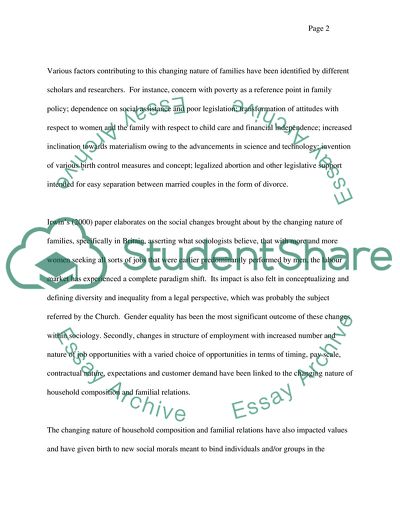Cite this document
(The Changing Nature of the Family Term Paper Example | Topics and Well Written Essays - 1500 words, n.d.)
The Changing Nature of the Family Term Paper Example | Topics and Well Written Essays - 1500 words. https://studentshare.org/social-science/1729295-discuss-the-changing-nature-of-the-family
The Changing Nature of the Family Term Paper Example | Topics and Well Written Essays - 1500 words. https://studentshare.org/social-science/1729295-discuss-the-changing-nature-of-the-family
(The Changing Nature of the Family Term Paper Example | Topics and Well Written Essays - 1500 Words)
The Changing Nature of the Family Term Paper Example | Topics and Well Written Essays - 1500 Words. https://studentshare.org/social-science/1729295-discuss-the-changing-nature-of-the-family.
The Changing Nature of the Family Term Paper Example | Topics and Well Written Essays - 1500 Words. https://studentshare.org/social-science/1729295-discuss-the-changing-nature-of-the-family.
“The Changing Nature of the Family Term Paper Example | Topics and Well Written Essays - 1500 Words”. https://studentshare.org/social-science/1729295-discuss-the-changing-nature-of-the-family.


